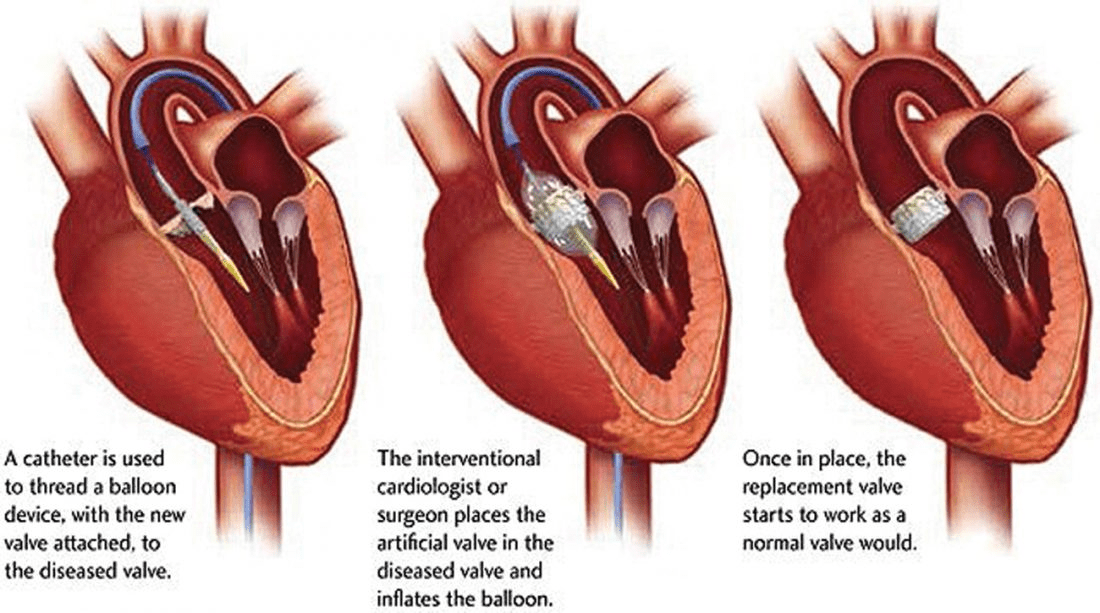 In the realm of cardiac care, individuals grappling with heart issues, particularly those associated with the aortic valve, can find hope in innovative treatments. Transcatheter Aortic Valve Replacement (TAVR) stands as a groundbreaking solution for those facing challenges such as aortic stenosis, offering a minimally invasive alternative to traditional open-heart surgery.
In the realm of cardiac care, individuals grappling with heart issues, particularly those associated with the aortic valve, can find hope in innovative treatments. Transcatheter Aortic Valve Replacement (TAVR) stands as a groundbreaking solution for those facing challenges such as aortic stenosis, offering a minimally invasive alternative to traditional open-heart surgery.
Aortic stenosis, a condition characterized by the narrowing of the aortic valve, poses significant risks to heart health. Historically, addressing this issue often involved open-heart surgery, a procedure associated with extended recovery times and increased risks. However, TAVR has revolutionized the landscape by providing a less invasive approach.
TAVR involves the insertion of a replacement valve through a catheter, typically entering through the femoral artery. This innovative technique eliminates the need for a large incision and the use of a heart-lung machine. The result is a procedure that significantly reduces recovery times and minimizes associated risks.
One of the remarkable aspects of TAVR is its versatility. This procedure can be performed on patients who may be considered high-risk candidates for traditional surgery, expanding the pool of individuals who can benefit from aortic valve replacement. As a patient-centric approach, TAVR not only prioritizes the health of the heart but also aims to enhance the overall well-being of individuals undergoing the procedure.
Common FAQs:
Q: What is TAVR?
A: TAVR stands for Transcatheter Aortic Valve Replacement, a minimally invasive procedure for treating aortic stenosis by replacing the narrowed aortic valve.
Q: How does TAVR differ from traditional open-heart surgery?
A: TAVR is minimally invasive, involving the insertion of a replacement valve through a catheter, eliminating the need for a large incision and the use of a heart-lung machine, resulting in reduced recovery times and risks.
Q: Who is a candidate for TAVR?
A: TAVR is often considered for individuals deemed high-risk candidates for traditional open-heart surgery, expanding the options for aortic valve replacement.
Q: How does TAVR prioritize patient well-being?
A: TAVR minimizes invasiveness and recovery times, prioritizing patient well-being and offering a more patient-friendly approach to aortic valve replacement.
Q: What outcomes can I expect from TAVR?
A: TAVR has shown promising results, providing improved valve function and enhanced quality of life for patients seeking aortic valve replacement.